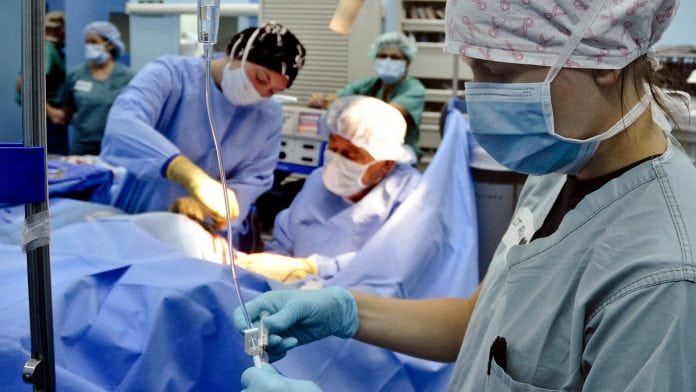
We provide a brief overview about the anaesthesia profession, including the various types of anaesthesia and the complications involved.
There are several types of anaesthesia, each offering a specific requirement for certain drugs, depending on the procedure taking place.
The two standard, most commonly known types of anaesthesia are:
- General anaesthetic – This is when a patient is put into a medically induced coma, therefore rendering the patient unresponsive and unconscious. The patient is unable to feel pain during this period. Once the anaesthesia wears off, side effects can include temporary confusion, dizziness, nausea and vomiting; and
- Local anaesthetic – This involves numbing of a certain area of the body, and can be used to treat painful conditions, prevent pain during a procedure or relieve pain after surgery. The biggest difference is that the patient remains conscious.
About the anaesthesiology profession
Anaesthetists are the doctors whose speciality is in anaesthesia. Their role is vital in ensuring a patient remains stable during an array of operations, each having varied levels of delicacy.
It’s important that they know everything about a patient, taking into account allergies to ensure the correct medications are being used.
Throughout a procedure, the anaesthetist’s job is to constantly monitor the patient, as well as help alleviate any pain following the operation.
How are anaesthetics given?
There are a number of ways an anaesthetic can be delivered:
- Ointment, spray or drops;
- A gas to breathe in; and
- An injection into a vein.
What are the risk factors involved with anaesthesia?
Complications following anaesthesia are extremely rare; however, in these rare instances, the possible complications can include:
- Permanent nerve damage – This can cause numbness or paralysis. However, according to the NHS UK website, it is worth noting that this occurs in less than one in 1,000 anaesthetics;
- Anaphylaxis – A severe reaction to medication can be treated effectively and immediately; however, it is estimated that a life-threatening reaction occurs during one in 10,000 to one in 20,000 anaesthetics; and
- Death – Another rare complication, there are approximately ten deaths for every million anaesthetics given in the UK.























